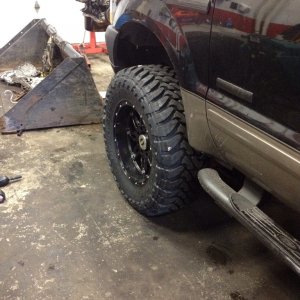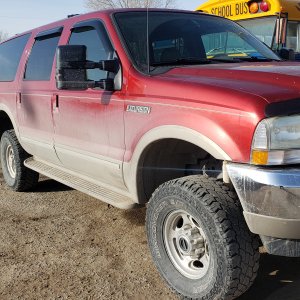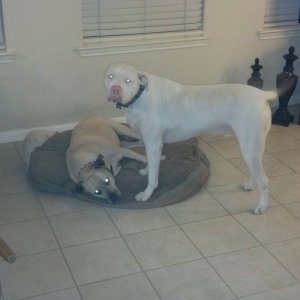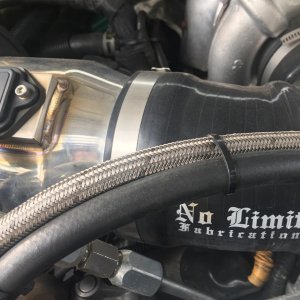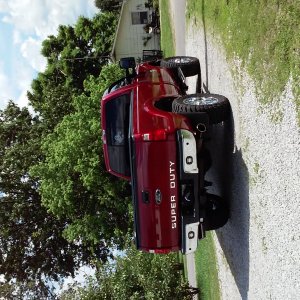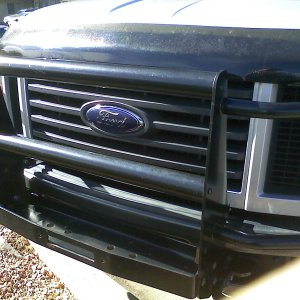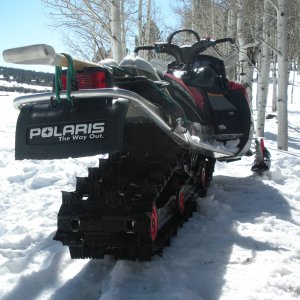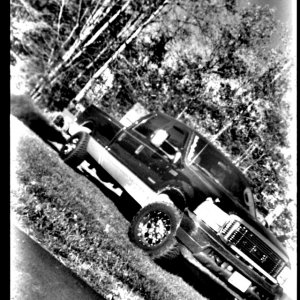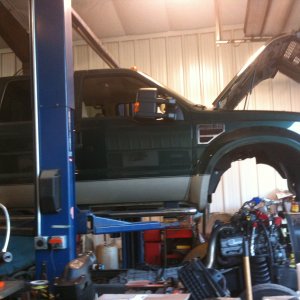I agree on the fixed displacement pump....and I say just rate them like that. Use a stock 17* as the defacto standard...and go from there. Example: SRP1=140%, Dual pumps=200%, BTS=200%, Gen3=???%, T500=???%, T1000=???%, etc
I don't even know if those numbers are right above...just and example of how they could be rated by the consumer/mfg.
Tom S
Maybe this thread could turn into a resource for folks to post up the results of thier pump....and you'd moderate it to keep it from becoming a food fight.
Im ASSuming the most demanding condition for our HPOPs would be a combination of low engine rpm (and resulting low pump rpm), and "higher" ICP and "longer" PW. It seems in my truck, the HPOP only responds quicker to ICP/PW....and with less duty cycle, and higher RPMs. So I'm assuming while at higher rpms, while there are more injection events for the pump to accomdate....the lower rpm region, taxes the pump greater than higher rpms regions. Smart guys...keep me in check if I'm wrong here.
So below, I put the truck in 6th gear at about 45, and stabbed the throttle for about 4 seconds. Once I saw the the IPR Duty Cycle wasn't increasing..and was stabilized, I backed out. That took about 4 seconds. The little arrows show min/max values...kind of a "poor mans" ISSPRO Performax guage cluster....This was in a tune labled "Tow Tune" that calls for a max ICP at around 2600-2700.
So if folks would keep the engine rpm<2000....and as high a gear as they could, with a higher PW tune....you'd be able to see a real comparison on HPOP performance. That's why I'd say engine speed would need to be known too...'cause if you ran a pump at 2000 engine rpm (I forget the pump to engine rpm ratio)...and crept in the PW/ICP.....it doesn't really task the pump, as if you demand max PW/ICP instantaneously from a low pump RPM region. Hope my babbling makes sense.
I think folks with a scan guage, Torque, or just observing guages could come up with the data I'm posting below...
So here's what folks could post:
------
Inj Nozzle size:200%
HPOP: Stealth Stage 2
Max PW: 3.275 ms
Max DC%: 36%
Max ICP: 2650 psi
Max Engine RPM:1660
Misc: 4 line kit, Oil temp 125 F, Mobil 1 Syn

